"On this day he had lived with that feeling, with death breathing right in his face like the hot wind from a grenade across the street, for moment after moment after moment, for three hours or more. The only thing he could compare it to was the feeling he found sometimes when he surfed, when he was inside the tube of a big wave and everything around him was energy and motion and he was being carried along by some terrific force and all he could do was focus intently on holding his balance, riding it out. Surfers called it The Green Room." - Black Hawk Down, Mark Bowden
Let's be clear; our sparring in the dojo in NO way, shape or form compares with the reality of combat. There was a time in Japan centuries ago when the opposite was true, when sparring in the dojo was intimately related to the reality of death. Live swords were used and the possibility of dying by the sword hung over each adept. As you can imagine, the use of live swords prompted intense zanshin, much like that described by the soldier in the above passage.
Absent the use of live swords or fights to the death, how do we train zanshin in our pedestrian, workaday 21st century world? Should we all become surfers and through that gain entrance into The Green Room? I don't believe that's the only way, though the thought of "catching a tube" does seem pretty cool. Should we all become soldiers in battle? Obviously not. Instead, I believe the best way for a karateka to enter The Green Room is through waza.
Waza is a very old term in the Japanese language. It's supposed to designate technique in the realm of the arts. All arts. Fully defined, waza means "a gesture or act that has a profound meaning or is done with a significant intention; the act of doing something knowingly."
The sense of this word may not be fully conveyed by its definition. In the context of traditional Japanese culture, waza is a means or method of achieving unity, harmony, and the full integration of thought and action with spirit. It's the fusion of the self (ego-based) with the universal principle, The Green Room. In previous articles I've written about shugyo, as with the swordsman drawing his sword 10,000 times within a 24 hour period. Such practice leads to a short-circuiting of boundary awareness and allows for the possibility of an entirely new understanding of self to emerge. This is an example of integrating thought and action with spirit. Such a practice presumes that one has in oneself the potential to enter into resonance with the principle that rules the universe.
Shugyo is not something we can undertake every day. But waza is! Every time we come to the dojo we can set our intention to the full-hearted practice of basic technique. By training the non-abiding mind, mushin, through waza we can wear down the habit of incessant ego-boundary awareness and enter into resonance, zanshin, with the principle that rules the universe. Call it The Green Room or chi, or The Force, or Super-String Physics, the intuition of a power beyond our rational mind has been part of the human experience for as long as humans have been on earth. The desire to resonate with that force has played a large role in our journey as humans, and perhaps in our journey as karateka.
Returning to the definition of waza given above, a crucial point needs to be made. It is this: while waza is an act undertaken with significant intention it is NOT a means of achieving a pre-conceived end. In other words, waza is not yet another form of manipulation by ego. Waza is a journey without a self-determined destination. It is a game in which we are not making the rules. This "unpredictability" releases us, even if momentarily, from our addiction to the fiction of having control over Life. When we release that addiction, we're in The Green Room. Gambatte kudasai!
See you in the dojo, dudes!
Osu!
Just updated your iPhone? You'll find new emoji, enhanced security, podcast transcripts, Apple Cash virtual numbers, and other useful features. There are even new additions hidden within Safari. Find out what's new and changed on your iPhone with the iOS 17.4 update.




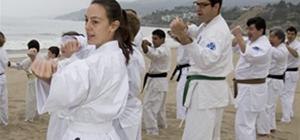
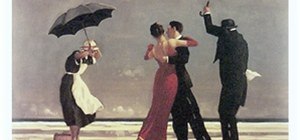


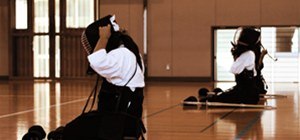

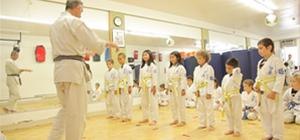
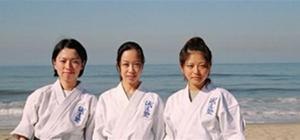
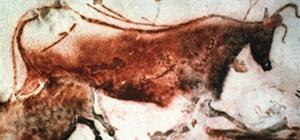





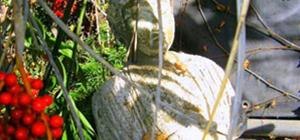



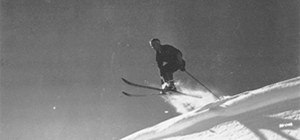





Be the First to Comment
Share Your Thoughts